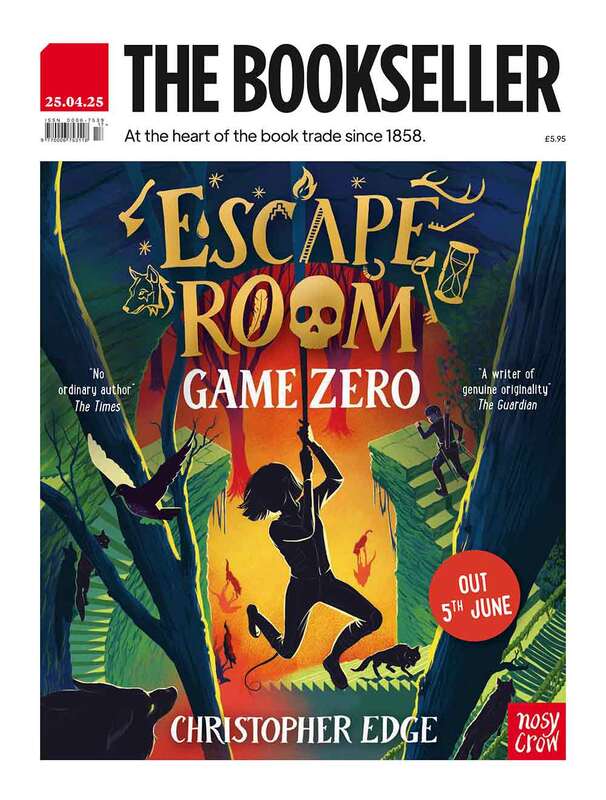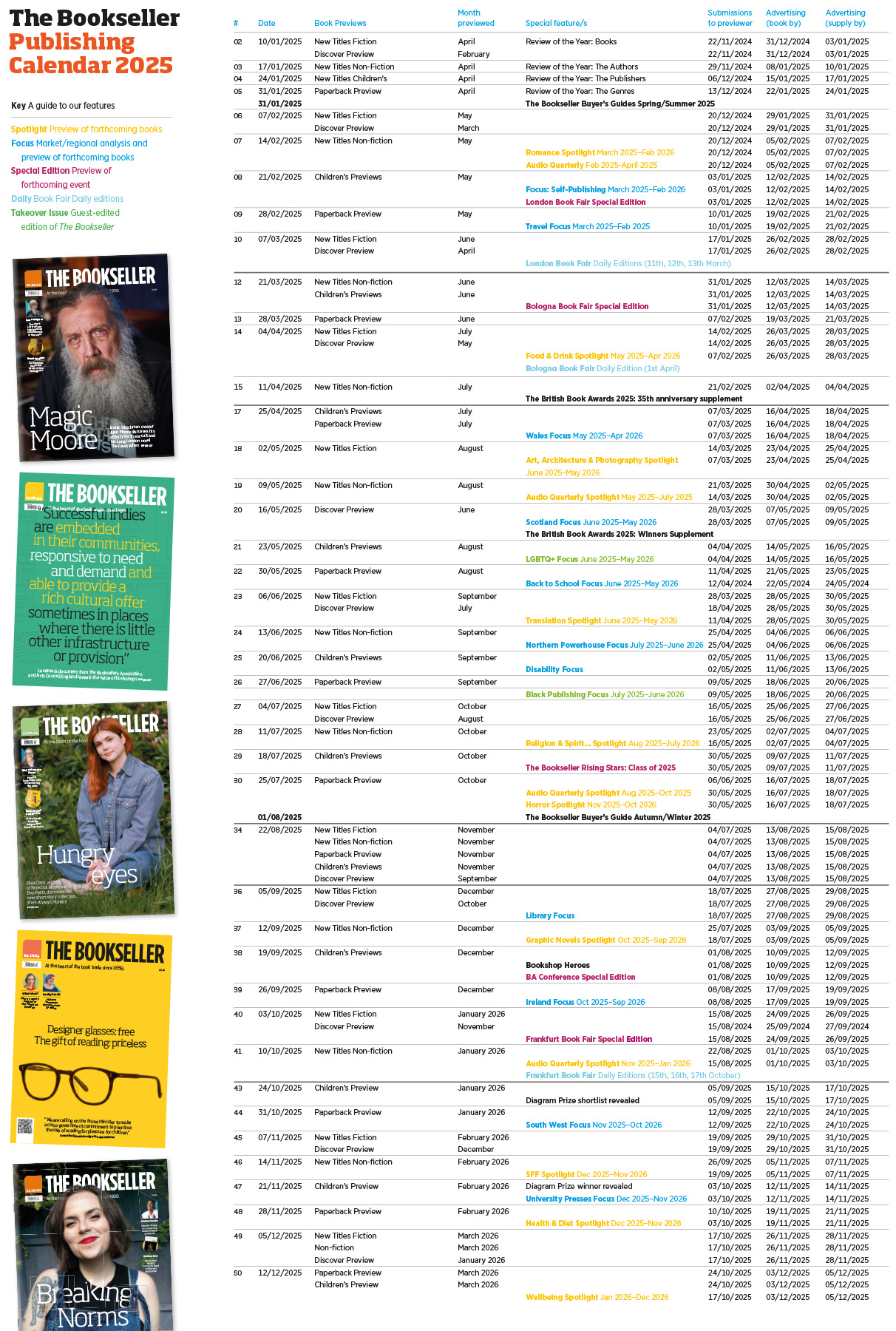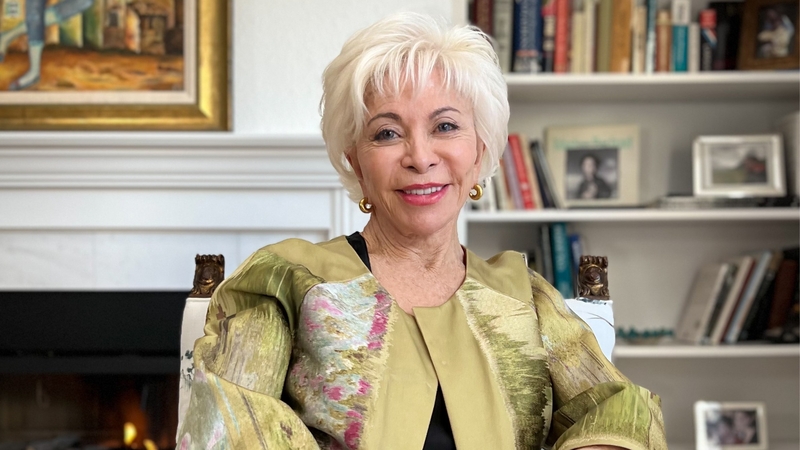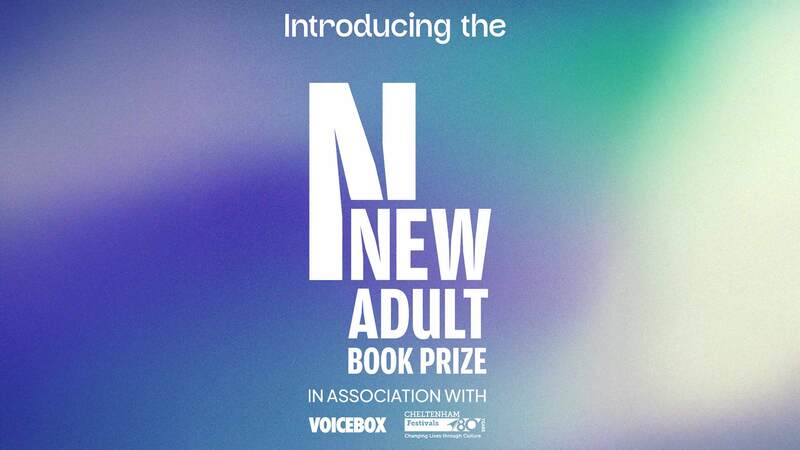You are viewing your 1 free article this month. Login to read more articles.
International pandemic book trends discussed at ReBoot workshop
The resilience of the print market, digital library borrowing and the appetite for backlist titles during the pandemic were among topics discussed at the ReBoot Books Business and Reading workshop held on Thursday (25th February).
The ReBoot event series was launched last year by Brazilian publisher and journalist Carlo Carrenho and publishing consultants Klaus-Peter Stegen and Rüediger Wischenbart. It aims to provide a platform for analyzing and debating the transformation of the international book industry, and sharing learnings from innovative business practices.
In the online workshop titled "Assessing the Damage" hosted by Carrenho and Wischenbart the experiences of the publishing trade across various regions were discussed as well along with deep dives into consumer behaviour.
American publishing analyst Thad McIlroy described how the US books market had a "stellar year. When we started looking at the statistics, we were constantly surprised, 'Oh this is actually doing quite well, this is actually up significantly up on the previous year'. It was a stellar year for book publishing in the United States."
Print sales in the US were up 8.2%, the biggest rise since the pre-e-book momentum of 2009, while e-books themselves rose by 12.6%, according to Publishers Weekly/ NPD BookScan statistics. Mcllroy also discussed the continued increase in backlist sales, intensified during the pandemic, with backlist making up two-thirds (67%) of total sales. In terms of the market overall there was a nudge of 0.8% upwards in value and a significant 9% upswing in volume compared to 2019. Online sales were up 43% while physical bookstores saw a drop of more than a quarter (28.3%). Trends included a big jump in YA and children’s books, as well as event-related reads such as Black Lives Matter, with a strong line-up of summer fiction, and the bolstering of Barack Obama’s A Promised Land.
Other countries such as Sweden showed “spectacular growth” with more digital than print books sold for the first time (e-books, audiobooks, subscriptions combined), Carrenho said. “In Sweden, around 90% of digital sales are audiobooks and around 95% of such sales take place on subscription platforms. In 2021 the Swedish book market grew 8.7% in sales and 21.5% in volume.” Total sales were up 8.7% from 2019 to 2020.
Many countries suffered more during the unsettled trajectory of Covid-19 however. “You have some real losers from more or less across the board: Portugal and also Ireland had a hard time between lockdowns and possibly the online sales would come from the UK,” Carrenho said. "So things were hard for Irish operators. Things were also hard in countries where possibly the online infrastructure was not so developed: Greece had a hard time and then several countries in central and Eastern Europe had difficulties, Bulgaria, Hungary.” It was also revealed at the conference that Amazon is expected to open its doors in Poland over the next few months, with the company already having meetings with suppliers in the country, which is expected to change the market significantly.
The boom in digital borrowing was also discussed. Johanna Brinton, senior manager at Overdrive, described how the US digital distributor saw a “huge increase in demand” for public library digital lending in 2020. There was a 43% overall spike in digital book checkouts according to data based on OverDrive’s network of 650,000 public libraries and schools. This comprised a 53% boost for e-books and 24% for audiobooks, with the latter growth lower due to less commuting.
However Brinton said that demand massively outstrips supply. “Children and YA have seen the largest surges especially in the e-book market, likely due to home learning,” she said. She highlighted demographic changes in immersive book reading with increased engagement in particular from Black and Latinx backgrounds, Millennials and men, as shown in the recently launched Immersive Media & Books 2020 report.
When asked if library digital distributors “cannablise” publishers’ books sales, Britten said there had been a lot of analysis of data over this and it showed “there wasn’t cannabilisation but that book borrowing in libraries boosts book sales elsewhere". Where books are not available, it boosts piracy, she argued. “When a book is present in the library it has a positive boost in sales and when it isn’t that is when there is a concern for copyright holders,” she said.
Brinton reported a rediscovery of digital backlist, outperforming frontlist and growing faster (showing a 34% market share). "Interestingly we saw some changes in purchasing patterns. Libraries could not meet demand and publishers responded by saying ‘let’s open up models we’ve never used before’."
Overall while there had been success for many countries, workshop host Carrenho said the continued uncertainty around Covid-19 cast a shadow over the trade. “The question remains, what is going to happen next? There is maybe a creeping feeling of pessimism because maybe things haven’t gone so badly but how long can we sustain the current situation for?”


















